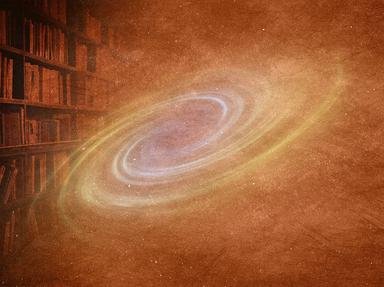Quiz Answer Key and Fun Facts
1. In 1609 Galileo Galilei turned the newly invented telescope towards the sky to look at the heavenly objects. He published his findings in his short work "Sidereus Nuncius". Which remarkable discovery was NOT part of this treatise?
2. Wilhelm Roentgen was surprised by his discovery of the X-ray in 1895. Which experiment was he working on when the unexpected outcome lit up a nearby fluorescent screen?
3. In 1904 a German inventor, named Christian Hulsmeyer, patented a device he called a "Telemobiloscope" which allowed ships to detect each other through the fog. Which later technology would build on this invention?
4. In 1931 the first electron microscope was created by Ernst Ruska. Why was using electrons much better at seeing extremely small objects as opposed to using optical light?
5. What is the name of the transducers on electric guitars that convert the mechanical vibration of strings into electric signals?
6. Transistors are used in just about every modern electronic device. What are the two main functions of a transistor?
7. The Apollo missions were an incredible feat in engineering. Which technology did the astronauts NOT have available to them?
8. Which of the following most closely explains how a magnetic resonance imaging (MRI) scan works?
9. Tim Berners-Lee wanted to make internet research easier to conduct. Which of the following did Berners-Lee NOT invent?
10. Virtual Reality is considered to be a business that will grow tremendously over time. What causes the condition known as "Virtual reality sickness" which has been common with early VR sets?
Source: Author
BigTriviaDawg
This quiz was reviewed by FunTrivia editor
rossian before going online.
Any errors found in FunTrivia content are routinely corrected through our feedback system.
